The phenomenon of migration has attracted scholars of different disciplines as it helps in understanding socio-economic dynamics of a society. Migrations, a widespread and historical process as it is, has diverse implications for individuals and society whether it takes place within or outside national boundaries. Indo-Nepal migration though an international migration has certain peculiarities due to geographical, socio-cultural and political factors. The geographical continuity between the two countries, socio-cultural similarities and inter-linkages, the 1950 Treaty of Peace and Friendship and an open border has made migration between the countries a regular and an easy task. The migration of people form the far western hill region of Nepal to the neighbouring Indian city of Pithoragarh is a typical case of migration under marginality conditions. These Nepali emigrants involved in casual labour works and as porters are constrained to migrate for a certain period of time in a year due to subsistence agriculture and non-availability of other means of livelihood. Pithoragarh region provides an opportunity to them to find out alternative means of livelihood and also gives an opportunity to them for cash earnings. These cash earnings are necessary in order to meet basic needs of their family. This study provides an indepth analysis of the causes and impacts of migration in the context of a migrant community which is lesser known and unattended by the scholars. It is hoped that the book will provide an important input to the studies on migrations.
The Marginal Migrants: A Study of Nepali Emigrants in India
In stock
Free & Quick Delivery Worldwide
reviews
Bibliographic information
Title
The Marginal Migrants: A Study of Nepali Emigrants in India
Author
Edition
1st ed.
Publisher
ISBN
8187644435
Length
ii+133p., Charts; Plates; Tables
Subjects

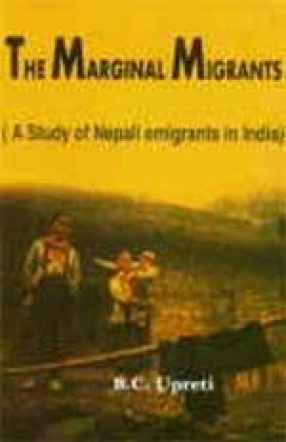
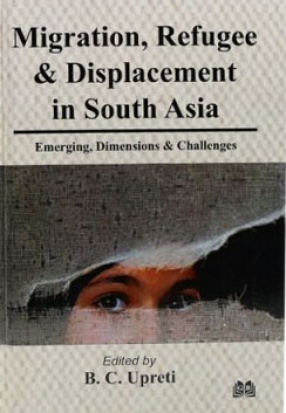
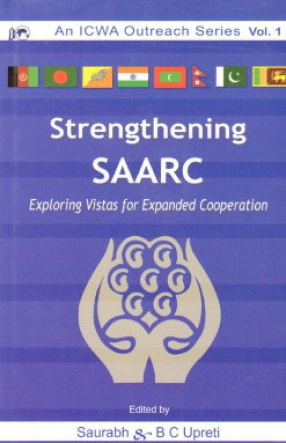


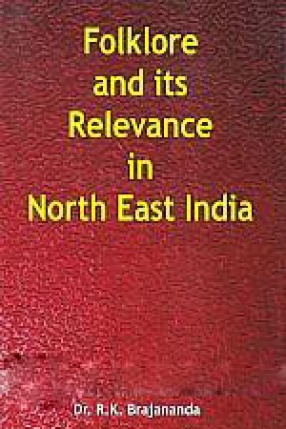
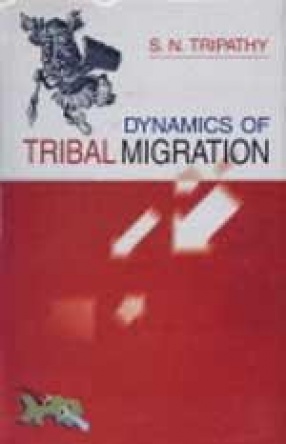
There are no reviews yet.